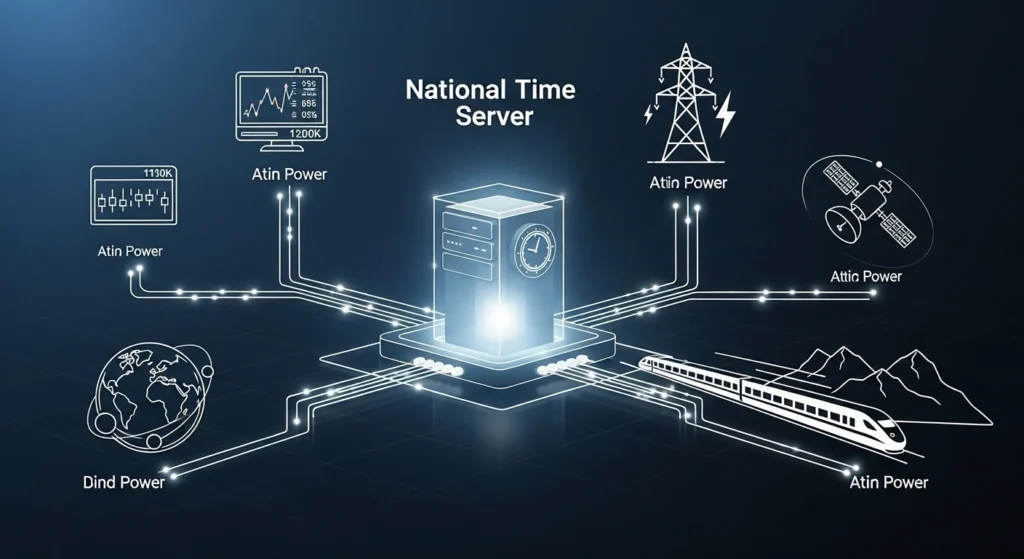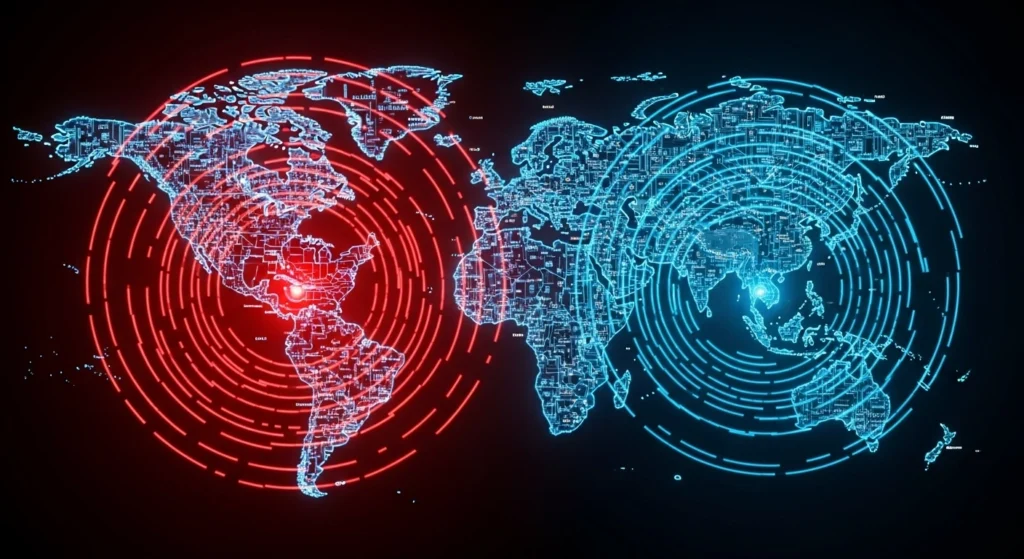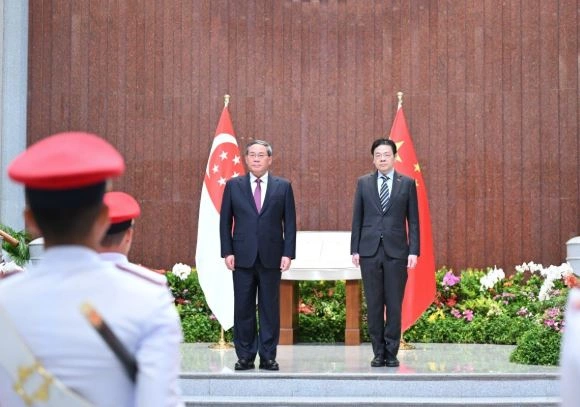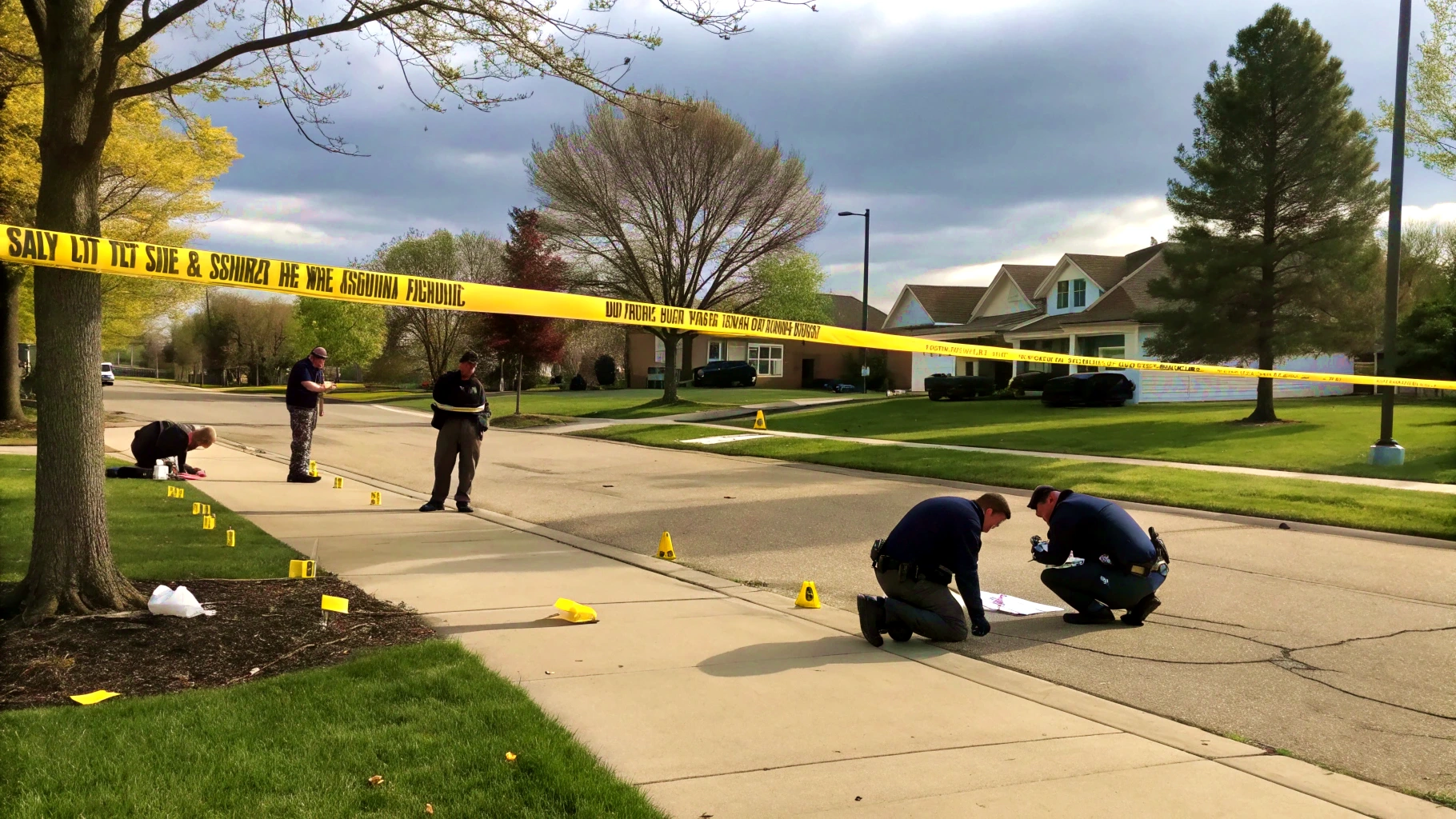Cyber Attack on China’s Time Center Sparks U.S. Accusations and Global Tensions
In a dramatic escalation of digital hostilities, China has publicly accused the U.S. National Security Agency (NSA) of executing a multi-year cyber attack on one of its most sensitive facilities: the National Time Service Center. Chinese authorities claim this calculated operation, which they say they ultimately foiled, targeted the very heartbeat of the nation’s critical infrastructure .

The accusation, delivered via China’s Ministry of State Security on its WeChat channel, paints a picture of a sophisticated, premeditated campaign. It describes the U.S. as a “hacker empire” and the “greatest source of chaos in cyberspace” . This latest incident underscores the dangerously escalating cyber war between the world’s two largest economies, where attacks on essential services are becoming the new front line.
The Anatomy of a Modern Cyber Attack
Chinese security officials provided a detailed, if unverified, timeline of the alleged incursion. They claim the cyber attack was not a single event but a sustained operation unfolding over years .

The first breach, they allege, occurred on March 25, 2022. The NSA reportedly exploited a security flaw in the messaging service of an unnamed foreign smartphone brand. This vulnerability allowed them to stealthily compromise the mobile devices of several staff members at the National Time Service Center, pilfering sensitive data and login credentials in the process .
The intrusion deepened on April 18, 2023. Using the stolen credentials, the attackers are said to have repeatedly broken into the center’s internal computers to probe and map its infrastructure . The operation then allegedly intensified between August 2023 and June 2024 with the deployment of a new “cyber warfare platform.” This platform activated what the Chinese ministry described as 42 specialized tools to mount high-intensity attacks on the center’s internal networks . The attackers even attempted lateral movement to infiltrate a high-precision ground-based timing system, a clear escalation according to the Chinese account .
The methods described suggest a high level of tradecraft. The ministry claimed the attacks were launched during late-night and early-morning hours in Beijing to avoid detection. To conceal their origins, the operatives allegedly routed malicious traffic through virtual private servers (VPSes) across the U.S., Europe, and Asia. They also reportedly used forged digital certificates to bypass antivirus software and strong encryption algorithms to erase their digital tracks .
Why a Clock Ticks for National Security

To an outsider, targeting a time center might seem unusual. But experts in critical infrastructure understand that precise timekeeping is the invisible foundation that modern society runs on. The National Time Service Center in Xi’an, established in 1966, is responsible for generating, maintaining, and transmitting “Beijing Time” .
This is not just about setting your watch. The center’s timing services are crucial for the synchronized operation of a vast array of national systems.
Chinese authorities warned that a successful cyber attack damaging these facilities could have triggered a cascade of failures . The list of potential impacts is a catalog of modern catastrophes:
- Network communication failures, disrupting internet and phone services.
- Financial system disruptions, halting transactions and destabilizing markets.
- Power supply interruptions, potentially causing widespread blackouts.
- Transportation paralysis, affecting air traffic control and rail systems.
- Space launch failures, jeopardizing costly and strategic missions .
“This operation thwarted U.S. attempts to steal secrets and conduct sabotage through cyber attack activities, fully safeguarding the security of ‘Beijing Time,'” the Ministry of State Security stated in its online post .

A Familiar Refrain in U.S.-China Relations
The U.S. response to the specific allegations has been muted but pointed. The U.S. Embassy in Beijing did not directly address the claims about the National Time Service Center in its emailed response to news organizations. Instead, it redirected focus back onto China, reiterating a long-standing U.S. position .
“China is the most active and persistent cyber threat to U.S. government, private-sector, and critical infrastructure networks,” a U.S. Embassy spokesperson stated, deflecting the accusation without explicitly denying it .
This exchange is the latest in a long-running cycle of mutual accusation. Western governments have repeatedly alleged that hackers linked to the Chinese government have targeted officials, journalists, and corporations . For instance, U.S. officials have previously identified hacking groups known as “Volt Typhoon” and “Salt Typhoon,” which they say have burrowed into American critical infrastructure, including power grids, ports, and telecommunications systems . In one case, the U.S. National Guard acknowledged it was hacked by China’s Salt Typhoon, which maintained access for almost a year .
The Chinese ministry, in its statement, accused the U.S. of “crying wolf” and “repeatedly hyping the ‘China cyber threat theory'” to coerce other countries and distort the truth .
The Broader Battlefield : Trade, Tech, and Taiwan

This cyber skirmish does not exist in a vacuum. It erupts amid a period of renewed tension between Washington and Beijing, adding another layer of strain to an already complex relationship .
Recent weeks have seen friction over trade, with China expanding its controls on rare earths exports—minerals critical for modern electronics and defense systems. The U.S., in turn, has threatened to further raise tariffs on Chinese goods . Underlying all these issues are persistent disagreements over technology supremacy and the status of Taiwan, which China views as a breakaway province .
The Chinese statement also made a broader geopolitical charge, alleging that the U.S. leverages its technological footholds in allies like the Philippines and Japan, as well as in China’s Taiwan province, to launch and obscure its cyber activities .
A Digital Cold War with Real-World Consequences
While the technical details of the alleged cyber attack on China’s time center may seem abstract, the implications are profoundly concrete. This incident highlights a world where geopolitical conflicts are increasingly fought in the hidden realms of cyberspace, with critical civilian infrastructure becoming a legitimate target.
For the global public, the continued tit-for-tat accusations between the U.S. and China mean that the very systems they rely on for daily life—from electricity to finance to communications—are potentially vulnerable to disruption from state-sponsored digital warfare. As both nations continue to “hype claims” about the other’s cyber threats, the task of distinguishing offensive actions from defensive postures becomes more difficult, and the risks of miscalculation grow ever higher.








